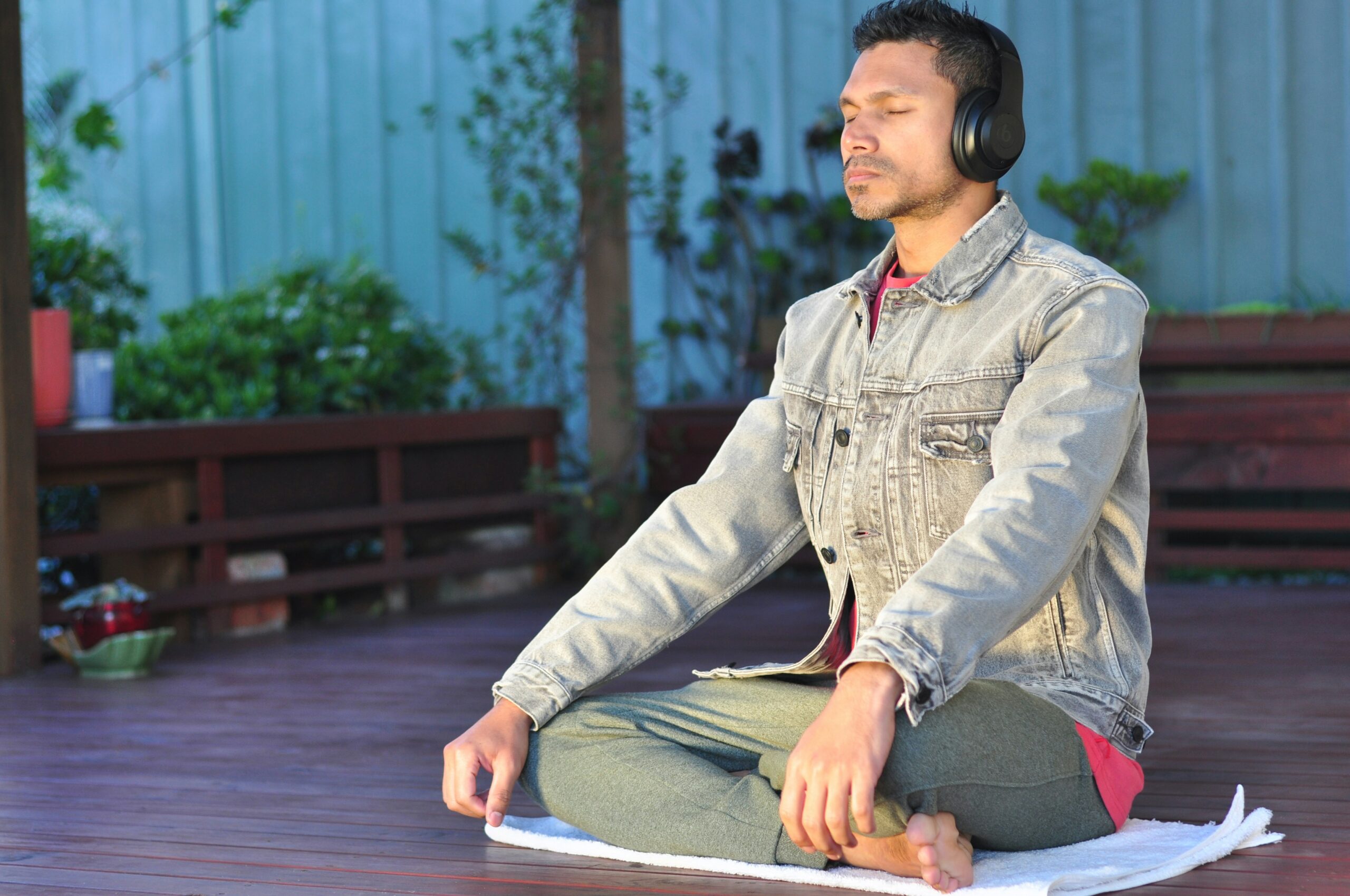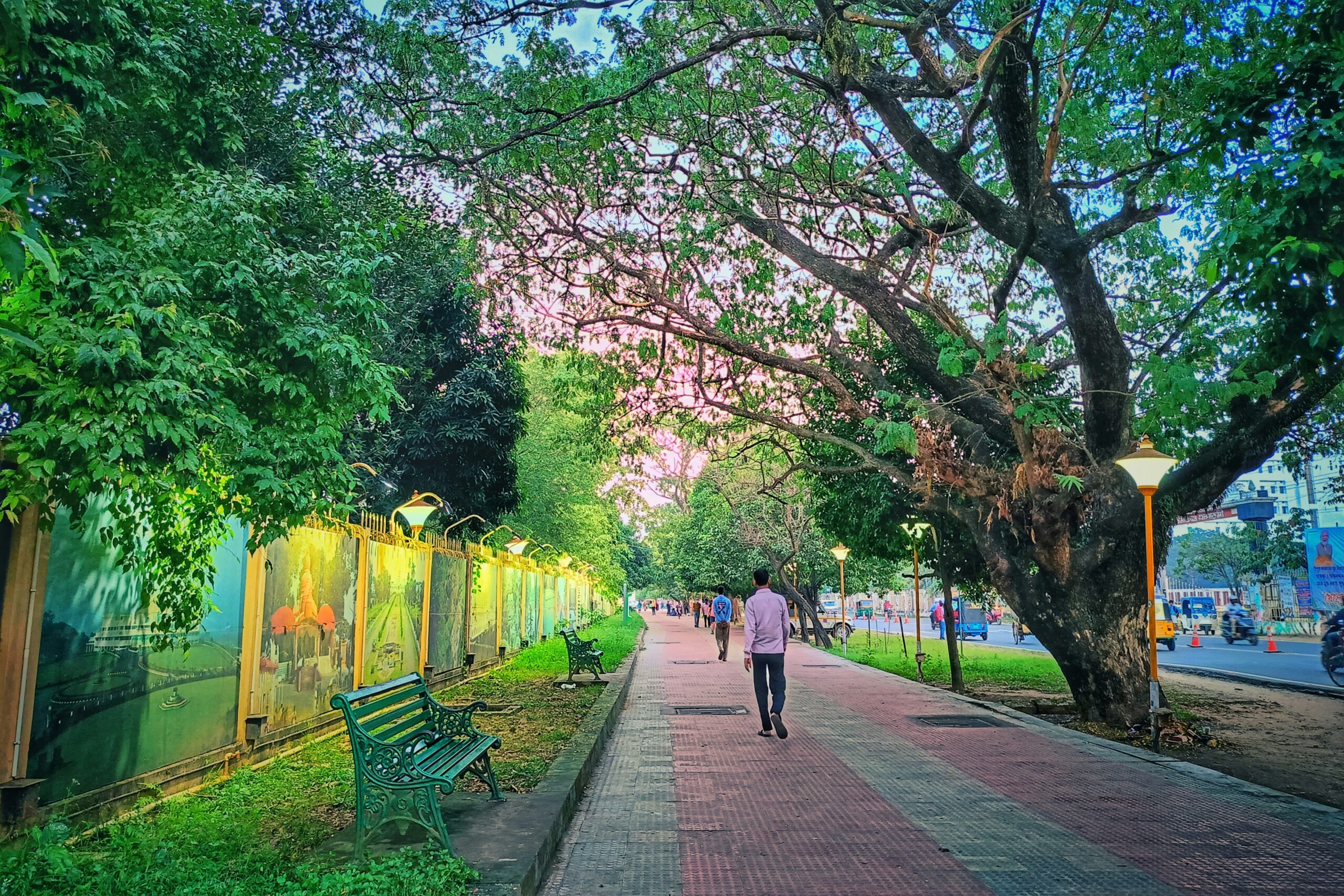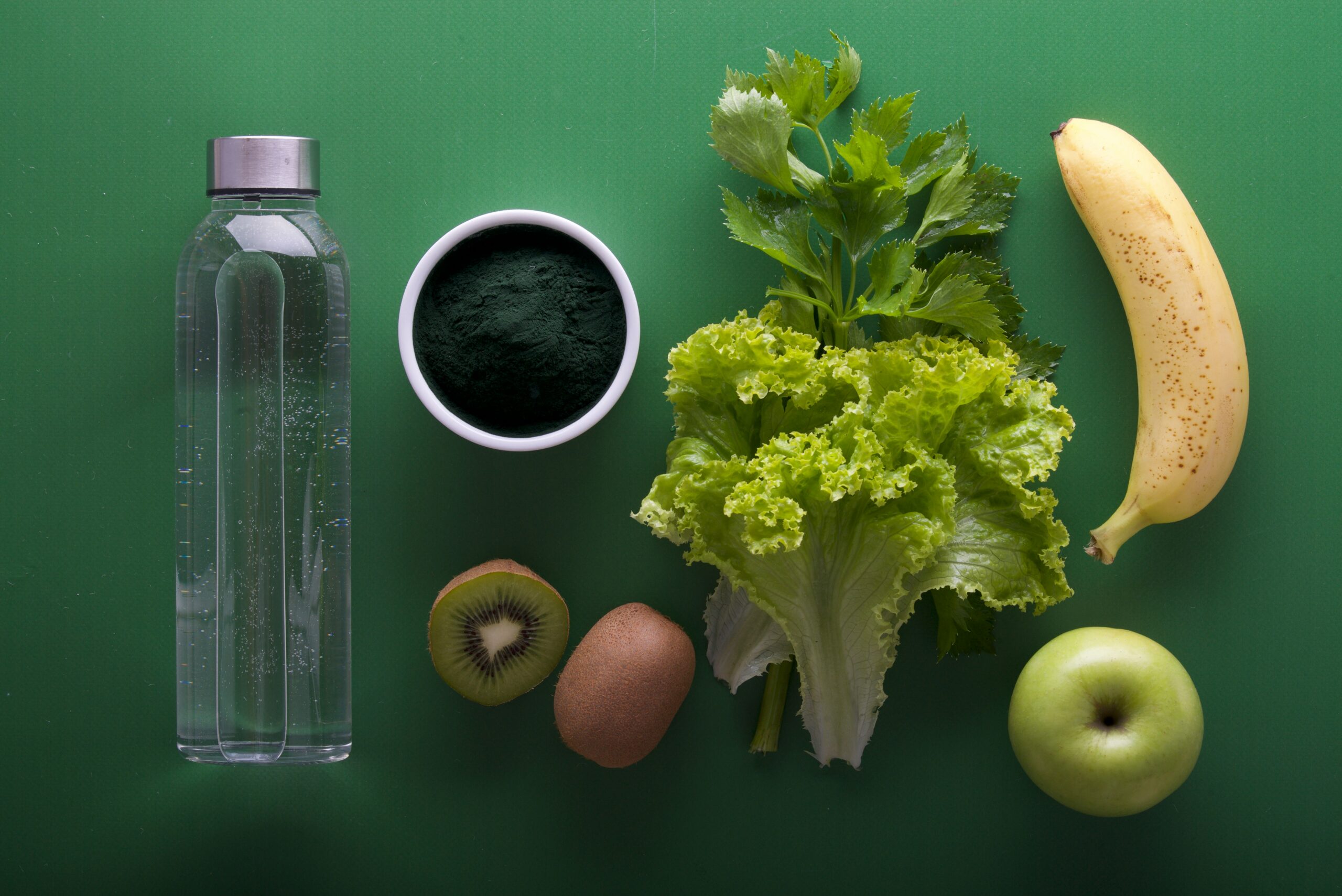Health Disaster Looming: 6 Terrifying Trends Ripping Through America

Introduction
The world has changed for a moment. Progress in technology, lifestyle changes and global contexts have provided undisputed benefits but they have also entered a new era of health crises that spread much faster than ever. Once, it seemed that distant threats are now knocking on our door, affecting millions in continents. From mental epidemic to antibiotic resistance, from chronic illness to environmental toxins, the global state of health is at a breaking point.
It is not fear-humor. This is a wake up call.
The World Health Organization (WHO), CDC and major medical magazines have played the alarm: We are still facing an ideal storm to increase health challenges rapidly. And if we no longer work with consciousness and innovation, we rely on the health care system, shorten the expectations of life and compromise future generations.
Let’s dive into the 6 most dangerous health trends that are happening around the world and what you can do to protect yourself and your loved ones.
Table of Contents
1. The Mental Health Pandemic: Silence Is Killing Us
When it is obsessed and flows under the carpet, Mental Health now appears as one of the most pressured health emergency conditions of our time. According to WHO, depression and anxiety alone cost the global economy that loses productivity $ 1 trillion annually – and cases have increased by over 25% over the past decade.
But here is the terrible part: it does not only grow, this is the speed. Addiction to social media, economic instability and slow trauma of global events that epidemic has created a psychological pressure cooker.
The youth is particularly weak. A 2023 CDC report showed that 3 high school pupils in about 1 experienced the persistent feelings of sadness or despair. The suicide rate among teenagers has climbed to a high record. Meanwhile, adults meet burnout, insomnia and emotional fatigue at outstanding levels.
It’s not just about feeling “stress”. Poor mental health affects direct physical health, increasing immunity, increases inflammation and increases the risk of heart disease and diabetes.
What can you do:
Priority for sleep, movement and digital detox.
Look for medically fast, don’t wait for crisis mode.
Normalize interactions about mental health at home and work.
We should treat mental health as a physical illness because it is a physical illness.

2. Chronic Diseases Are No Longer “Old Person” Problems
Heart disease, type 2 diabetes and obesity were never considered to be aging. Now? They beat the young population at shocking speed.
Think about this: More than 40% of American adults suffer from being overweight, and prices among children have tripled since the 1970s. Diabetes type 2 is diagnosed in children under 10 years. Hypertension is no longer rare in humans in the 20 and 30 years.
Why? Ultra-by-date foods dominate our diet. Sugar is hidden in everything from bread to salad dressing. The seductive lifestyle, screen addiction and poor sleep hygiene reduce the damage. Our body is not designed for constant snacking, infinite rolling and zero physical exertion.
And the results are serious. Of chronic diseases, 7 out of 10 deaths in the United States are now responsible for deaths. Globally, non-infectious diseases (NCDs) kill 41 million people each year and more than all infectious diseases, wars and accidents.
This is not just a personal failure. There is a systemic health failure that misleads fuel for marketing, food driven and gain driven industries that prefer convenience of welfare.
What can you do:
The trench treated garbage. Complete, real foods eaten etiquette, fruits, lean proteins, healthy fat.
Walk daily even at the risk of 20 minutes of quick walking disease.Regular blood work to get problems quickly.Prevention is our most powerful medicine.

3. Antibiotic Resistance: The Silent Superbug Surge
Imagine a world where a single cut can kill you. It is a reality that we are damaged due to antibiotic resistance, one of the best global health hazards identified.
Each year, 1.27 million deaths are attributed directly to drug resistant infections. By 2050, this figure can affect the sky up to 10 million per year today more than cancer is killing.
How did we get here? Excessive use and abuse of antibiotics in humans and livestock are superior superbugs that are laughed at in modern medicine. In factory fields, animals are fed daily antibiotics to promote growth, not the disease. These medicines leak in food, water and soil, and make resistant bacteria that jump to humans.
Hospitals become battlefields. Surgery, cell toxins, organ implants all depend on effective antibiotics to prevent infection. Without them, modern medicine collapses.
And here’s the kicker: No big new antibiotics have been developed in 30 years. The pipeline is dry because pharmaceutical companies have very little advantage in card reading treatments.
What can you do:
Never require antibiotics for viral infections such as cold or flu.
Choose the meat “lifted” without antibiotics.Support policy that regulates agricultural antibiotic use.
This is not science fiction. It is a ticking time bomb for global health.
4. Environmental Toxins: Invisible Invaders in Your Body
You can’t see them. You can’t taste them. But they’re inside you properly now.
From microplastics in bottled water to PFAS (“forever chemicals”) in non-stick pans, from glyphosate in food to air pollutants in cities, toxic substances are infiltrating our bodies at an alarming rate. Studies show the average character carries over 2 hundred artificial chemicals of their bloodstream a lot of which have in no way been safety-tested.
These pollution disrupt hormones, damage DNA, and cause chronic irritation related to most cancers, infertility, thyroid problems, and neurodegenerative illnesses like Alzheimer’s.
Take air pollution: the Lancet Commission discovered it contributes to nine million premature deaths annually greater than smoking. In megacities, kids broaden allergies at two times the price of rural regions. Even “safe” stages of pollutants at the moment are being puzzled.
And climate trade is making it worse. Wildfires launch carcinogenic debris.Rising temperatures increase mosquito habitats, spreading dengue, Zika, and malaria to new regions.We do not break free from our surroundings. Its health is our fitness.
What You Can Do:
Filter your water and air at home.
Eat natural when feasible, in particular for the “Dirty Dozen” produce.Avoid plastic containers, in particular while heating food.Advocate for stronger environmental rules.Your frame is not a landfill.
5. Digital Addiction: The Hidden Health Cost of Screen Time
We live in a hyperconnected international.Smartphones, social media, streaming, gaming digital engagement is constant. But what’s the value to our health?Research suggests the average individual spends over 7 hours an afternoon watching monitors. Children as young as two are glued to tablets. This isn’t simply lazy parenting, it’s a complete-blown behavioral epidemic.
Excessive screen time is connected to:
Sleep disruption (blue mild suppresses melatonin)
Poor posture and chronic pain,
Increased anxiety and melancholy,
Attention deficits and reduced cognitive performance,
Obesity (because of sedentary behavior and senseless consumption).
Worse, social media algorithms are designed to be addictive triggering dopamine hits that preserve us scrolling, evaluating, and craving validation. This constant stimulation rewires the brain, especially in growing kids.
A 2024 look at published in JAMA Pediatrics determined that young adults who spend three hours every day on social media are twice as possibly to increase depression or suicidal thoughts.
We’ve normalized digital overload, but it’s silently eroding our intellectual, emotional, and bodily health.
What You Can Do:
Set display screen closing dates using integrated cellphone functions.
Create tech-loose zones (in particular bedrooms).
Replace screen time with real-global sports: walks, studying, face-to-face conversations.
Practice mindfulness to lessen virtual cravings.
Reclaim your attention. It’s the inspiration of proper fitness.
6. Healthcare Inequality: A Crisis of Access and Justice
Not all health crises are biological. Some are born from injustice.Millions around the world and even in rich countries have access to basic health services. U.S. Many are more reduced, forced to choose between drugs and rent.
Rural communities have a lack of doctors. The group of margins suffers from systemic bias in treatment. The pain of women is rejected. Racial inequalities in maternal mortality are staggering black women in America are more likely to die for pregnancy related reasons than fair women.
Meanwhile, private health care systems prioritize profits for patients. The price of life saving medicines is out of reach. Preventive care is reduced, while the resource’s intervention resources drain.This is not just inappropriate it’s unstable. A society cannot bloom when half of the population becomes ill, ignored or bankrupt with medical bills.
What can you do:
Support Universal Healthcare Initiative and Policy Reform.
Volunteers with free clinics or Telehland programs.
Education for health equipment.
Use your voice to advocate for marginalized communities.Real health is not just the absence of illness.This is justice, dignity and access to everyone.
The Path Forward: Awareness, Action, and Hope
Yes, the health scenario is difficult. But downfall and paralysis do not help anyone.Good news? Most of these crises should be stopped. We have the power of knowledge, equipment and reverse course.
It begins with consciousness like reading this article. Then comes action: Small daily alternatives that provide flexibility. And finally, collective efforts to determine the good guidelines, cleaner the environment and just systems.
We need a global health revolution that prevents profits, prevents people on patent and long-term well being of rapid improvements.
Then ask yourself:
What do you want to do to protect your health?
How do you want to protect the family from these growing dangers?
Want to be part of the problem or part of the solution?
The clock is in progress. But as long as we breathe, hope is expected.
Because health is not just a condition of being.It’s worth a fight.And it starts today.
What qualifies as a “health crisis”?
A health crisis refers to a widespread threat to public well-being such as rapidly rising disease rates, collapsing mental health statistics, or systemic failures in healthcare access. These crises often spread silently before reaching emergency levels.
Can these alarming health trends be stopped?
Yes, many of these trends are preventable through early awareness, policy changes, lifestyle shifts, and increased funding for prevention programs. Public education and swift government action play critical roles in slowing or reversing the spread.
How can I protect myself and my family?
Stay informed, prioritize preventive care (like regular screenings and vaccines), adopt healthy lifestyle habits, and advocate for better community health resources. Small, consistent actions today can prevent major health issues tomorrow.









